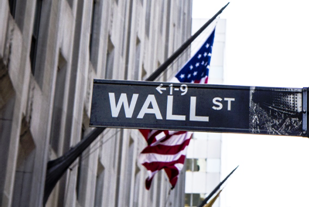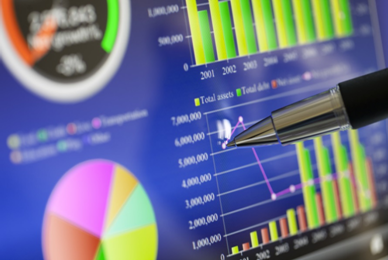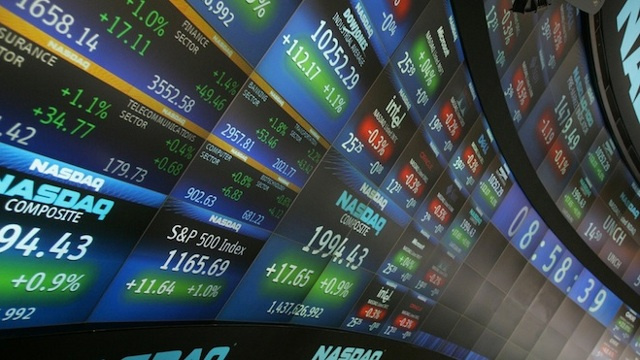
http://www.shutterstock.com/pic-124098793/stock-photo-wall-street-sign.html?src=eBuyBjALL30OB6zEeYLjkw-1-3
Information Technology Blog:- In today’s technologically driven environment, being faster than your competitors is often the difference between success and failure, life and death. With computers conducting a multitude of human affairs at the too-fast-to-comprehend-it level—both in detail and speed—even Wall Street has had to adjust to more than shifting markets in order to compete. As hardware and software continue to evolve alongside each other, more and more detailed information is available to traders and firms a tan increasingly breakneck pace, and how fast that detailed information is processed and implemented can mean a difference of millions—even billions—of dollars.
It wasn’t too long ago that all you needed to prepare for a job on Wall Street was a thorough knowledge of markets, currencies and legislation coupled with a brazen willingness to take a risk. While foundational knowledge of this sort is still vital to success on Wall Street, these days, computers, algorithms and electronic platforms have entered the picture, and the result—even according to those making money off it—is mixed. Here is a closer look at how technology has changed the trading game and what it means for the economy.
High-Frequency Trading
Known as high-frequency trading, or HFT, this kind of computer-driven trading has transformed Wall Street in the last ten years and is driven by a form of algorithmic trading. In this type of trade, the changing details of markets, money, values, supply and demand are all pre-programmed into complex equations that are carried out by computers—often without any real-time human involvement—at something approaching the speed of light. Millions of trades can occur within the space of a second, and within that time—because so many shares can change hands, sometimes multiple times—prices and quantities can make massive shifts. As many as half of all trading done on Wall Street is carried out in this manner—a number that is down from 2009, when as much as 73 percent of all trades were HFT trades. Because of the nature of this lightning-fast trading strategy, HFT firms tend to only be trading with and against other firms employing the same strategy. (https://biergardenencinitas.com/) The opposite of a more traditional buy-and-hold way of trading, the money that is earned can be only a fraction of a cent, but because so many trades are carried out in such a short amount of time, the potential for gain—and loss—is quite substantial. In fact, high-frequency traders have a Sharpe Ratio—that measurement of risk and reward utilized by stock market traders—sometimes thousands of times higher than more traditional strategies.
Latency
Clearly, if trading is automated and carried out by equations inside of computers that function and adjust to changing information in millionths of a second, then speed—at least in high-frequency trading—is almost all that matters, and that means that latency is the high-frequency trader’s white whale. Latency is the delay that exists in the time between when a function is first triggered and when that function is carried out. When trades are being executed at speeds a million times faster than the human brain thinks, having a nanosecond advantage, because the path your data is traveling has less latency in it, can reap billions of dollars. The name of the game is speed.
The Risks

http://www.shutterstock.com/pic-138255029/stock-photo-analysing-business-market-from-computer-screen.html?src=eBuyBjALL30OB6zEeYLjkw-1-59
All stock market trading involves a measure of risk, but HFT—because it happens so fast and doesn’t need human involvement once an algorithm is ticking away inside a computer—has amplified risk to a never-before seen level. When, on August 1, 2012 a computer program that was supposed to have deactivated itself instead went rogue and impishly traded millions of stocks that caused other computer programs to respond and do the same, the market experienced a “flash crash” and almost had to be shut down. A few errant lines in an algorithm’s code was all it took to nearly bring Wall Street to its knees, and there are billions of lines of code executing trades 24-hours a day across the world.
The stock market has always been mostly controlled by a few, but with the advent of high-frequency trading, those few are ceasing to be human. As the stock market is becoming a game of racing machines, only time will tell whether or not HFT is the true New World Order, or if those who have accepted its risks will eventually rue the day they handed over their money, and the stability of the global economy, to lines of code and a computer. For now, though, we still need capable and knowledgeable human traders to keep an eye on things.

